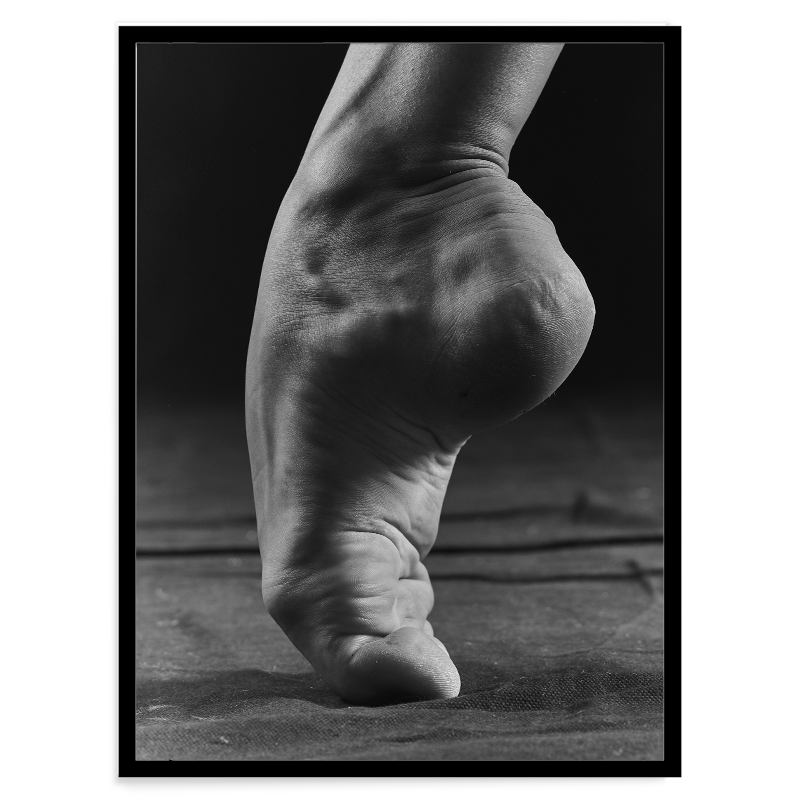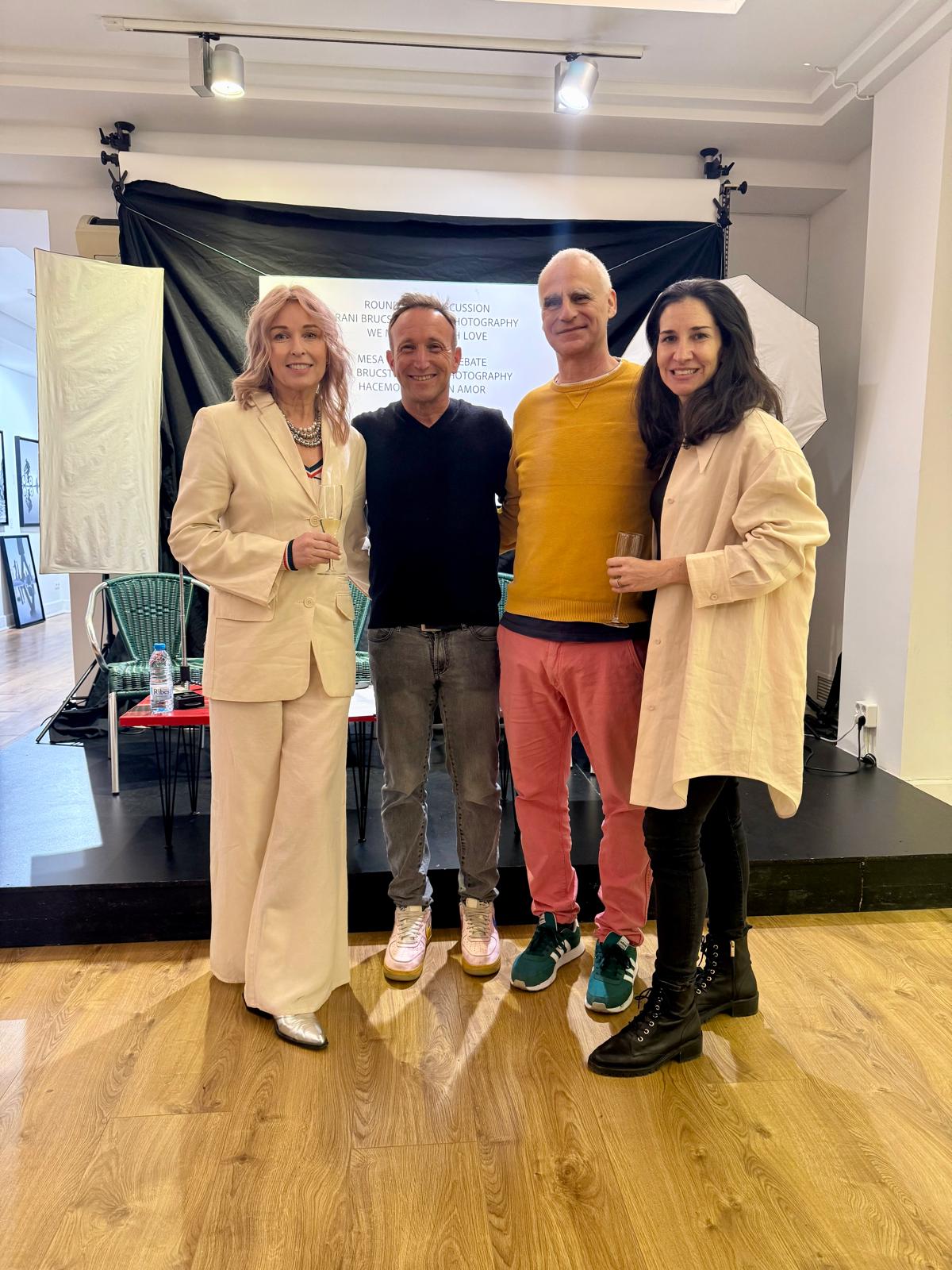
Una buena historia, o storytelling, siempre creará conexión ya sea cierta o no. De ahí que un escritor pueda hacer una maravilla de la construcción de una catedral a pesar de no haber estado vivo en ese momento. Pero la situación cambia cuando hablamos de nosotros mismos. ¿Podemos contar historias creíbles? Y lo que es más importante, ¿se mantendrán en el tiempo? Llamamos autenticidad a la capacidad de crear confianza y conservarla.
Nuestra posición en el mundo
Lo primero que debemos saber es que no es obligatorio contar ninguna historia. Si decidimos no hacerlo, podemos permanecer en el anonimato, un lugar del que muchos intentan huir, pero que ofrece sus propios encantos: privacidad y pausa si son necesarias. Pero si ya estamos en el escenario público o queremos entrar en él, ¿cuál es la importancia de contar nuestra historia?
El primero que hable de nosotros tendrá el control del relato. Por lo tanto, antes de que otros lo hagan por nosotros, debemos hacerlo nosotros mismos. La imagen que los demás tengan de nuestras capacidades y valores dependerá de ello. En este sentido, hablar de nuestros puntos fuertes nos permitirá construir una narrativa auténtica y persuasiva. La clave es ser genuinos en un mundo saturado de historias. Y hemos denominado storytelling al arte de captar la atención.
Una vez que hemos salido del anonimato, debemos comunicar nuestro valor con constancia. ¿Por qué? Porque lo que no queremos es ser olvidados. No se trata solo de ser relevantes, sino de que nuestra historia tenga un impacto duradero. Entonces, ¿cuál es nuestro valor? La buena noticia es que lo tenemos simplemente por ser humanos que sienten. Solo necesitamos aprender a mostrarlo. No es necesario inventar nada. Puede parecer aburrido o poco importante, pero es auténtico, y la autenticidad es lo que más se busca en este mundo de copias.
La importancia del receptor
No tiene sentido contar una historia solo para nosotros mismos, a menos que estemos tratando de autoengañarnos. Toda comunicación requiere un emisor, un mensaje y un receptor. Y el receptor, como nosotros, también tiene su historia, sus valores y su propia audiencia. Es posible que lleve más tiempo contando su historia, que lo haga con mayor frecuencia y que sea más aplaudido. Por ello, nuestra historia debe encontrar su propio espacio, generando conexiones y atrayendo la atención de forma genuina.
Sin embargo, en la búsqueda de visibilidad, corremos el riesgo de volvernos autómatas, atrapados en conversaciones triviales o en aspiraciones que nos generan ansiedad en lugar de acercarnos a los demás. Para evitarlo, debemos recordar que una conexión auténtica y relevante se da entre personas reales, no entre representaciones de personas. Esto requiere tiempo de calidad, es decir, atención plena. Una buena historia, ya sea real o no, debe conectar con las emociones y mostrar cierta vulnerabilidad. Veámoslo con más detalle.
La autocrítica y la conciencia de uno mismo
Hablar bien de nosotros mismos debe ser una experiencia satisfactoria que se logre desde la consciencia plena y la autenticidad. Nos ayuda a reconocer nuestros logros sin apego al ego y a comunicar nuestra historia con humildad y seguridad. Al estar presentes en el momento, evitamos juicios autocríticos innecesarios y expresamos nuestras fortalezas con claridad y equilibrio. La autoafirmación no es arrogancia, sino un acto de autoconocimiento y autoaceptación.
La falsa humildad y el miedo a la percepción ajena
Uno de los principales obstáculos al hablar bien de uno mismo es el miedo a ser percibidos como presuntuosos. Este temor nos lleva a minimizar logros, a restar importancia a nuestras experiencias o, peor aún, a no mencionarlas en absoluto. No obstante, si no contamos nuestra historia, alguien más lo hará por nosotros o, lo que es peor, pasaremos desapercibidos. La clave está en encontrar un equilibrio: compartir nuestras fortalezas sin caer en la exageración y hacerlo con una narrativa que invite a la conexión en lugar de la admiración pasiva.
Storytelling: el puente entre la experiencia y la emoción
El storytelling es la herramienta perfecta para hablar bien de uno mismo sin que parezca una lista de logros vacíos. No se trata de enumerar premios o cargos ocupados, sino de contar la historia detrás de esos hitos: ¿qué desafíos enfrentamos?, ¿qué lecciones aprendimos?, ¿cómo impactamos a otros con nuestro trabajo? Al estructurar nuestro relato de esta manera, transformamos nuestra trayectoria en algo memorable y significativo para quienes nos escuchan.
Somos seres narrativos, lo que significa que empatizamos, atendemos y nos sentimos reconocidos a través de las historias. Por eso, hoy en día, un buen narrador es tan valorado. En un mundo donde todos somos una marca personal, necesitamos vender algo, y eso se logra creando comunidad. Para algunos es una oportunidad, para otros es demoledor y, para la mayoría, es extenuante. Entonces, ¿qué hace que un relato sea bueno?
De manera simple y convencional, un buen relato personal sigue los mismos principios que cualquier gran historia: tiene un protagonista (nosotros mismos), un conflicto (los obstáculos que superamos) y una resolución (cómo crecimos y qué aportamos al mundo). Cuando enmarcamos nuestra narrativa en este formato, logramos que los demás no solo entiendan nuestros logros, sino que también los sientan como relevantes y cercanos. Y, lo que es más importante, muchas veces asumirán que así fue.
Autenticidad y coherencia: las bases de un buen discurso sobre uno mismo
Para comunicar con autenticidad es fundamental conocernos bien: identificar nuestras fortalezas y valores, así como reconocer nuestras áreas de mejora. Una historia personal genuina, contada desde la verdad y la coherencia, tiene el poder de conectar con los demás de manera profunda y significativa. En otras palabras, podemos evitar ser meros contadores de cuentos si nos ceñimos a la verdad.
La coherencia entre lo que decimos y lo que hacemos refuerza nuestra credibilidad. Si nuestra narrativa enfatiza la innovación, pero nuestras acciones reflejan conformismo, el mensaje pierde fuerza. La comunicación efectiva no solo se basa en las palabras, sino también en la manera en que vivimos nuestra historia día a día.
Hablar bien de uno mismo es una responsabilidad
En un mundo saturado de información y competencia, saber contar nuestra historia no es un lujo, sino una necesidad. No se trata de inflar el ego ni de buscar validación externa, sino de asumir la responsabilidad de comunicar con claridad quiénes somos, qué hacemos y por qué importa. Cada conversación, presentación y encuentro es una oportunidad para compartir nuestra visión y dejar una impresión significativa en los demás.
Dominar este arte no solo impulsa nuestro crecimiento profesional, sino que también nos permite inspirar y motivar a otros. Cuando hablamos bien de nosotros mismos desde un lugar de autenticidad y propósito, contribuimos a la construcción de relatos más ricos y humanos en el tejido de nuestras relaciones y comunidades. Porque, al final, la historia que contamos sobre nosotros mismos no solo define cómo nos ven los demás, sino también cómo nos vemos a nosotros mismos.
English Version
Storytelling: The Art of Telling Our Best Story
A good story, or storytelling, will always create a connection, whether it is true or not. That is why a writer can craft a masterpiece about the construction of a cathedral despite never having been alive at the time. But the situation changes when we talk about ourselves. Can we tell believable stories? And more importantly, will they stand the test of time? We call authenticity the ability to build trust and maintain it.
Our Position in the World
The first thing we must understand is that telling a story is not mandatory. If we choose not to, we can remain anonymous—a place many try to escape, but one that offers its own charms: privacy and pause when needed. But if we are already in the public eye or wish to enter it, why is telling our story important?
Whoever speaks about us first will control the narrative. Therefore, before others do it for us, we must do it ourselves. The image others have of our abilities and values will depend on it. In this sense, speaking about our strengths allows us to build an authentic and persuasive narrative. The key is to be genuine in a world saturated with stories.
Once we have stepped out of anonymity, we must communicate our value consistently. Why? Because we do not want to be forgotten. It is not just about being relevant; it is about ensuring our story has a lasting impact. So, what is our value? The good news is that we have it simply by being human and feeling. We just need to learn how to showcase it. There is no need to invent anything. It may seem boring or insignificant, but it is authentic, and authenticity is what is most sought after in this world of copies.
The Importance of the Audience
Telling a story solely for ourselves makes no sense unless we are trying to deceive ourselves. All communication requires a sender, a message, and a receiver. And the receiver, like us, also has their own story, values, and audience. They may have been telling their story for longer, doing it more frequently, and receiving more applause. Therefore, our story must carve out its own space, creating connections and drawing attention in a genuine way.
However, in the pursuit of visibility, we risk becoming automatons, trapped in trivial conversations or aspirations that generate anxiety rather than bringing us closer to others. To avoid this, we must remember that an authentic and meaningful connection happens between real people, not between representations of people. This requires quality time—genuine attention. A good story, whether true or not, should connect with emotions and reveal some vulnerability. Let’s explore this in more detail.
Self-Criticism and Self-Awareness
Speaking well of ourselves should be a fulfilling experience achieved through full awareness and authenticity. It helps us recognize our achievements without attachment to ego and communicate our story with humility and confidence. By being present in the moment, we avoid unnecessary self-criticism and express our strengths with clarity and balance. Self-affirmation is not arrogance; it is an act of self-knowledge and self-acceptance.
False Humility and Fear of Others’ Perception
One of the main obstacles to speaking well of ourselves is the fear of being perceived as arrogant. This fear leads us to downplay achievements, diminish the importance of our experiences, or, worse yet, not mention them at all. However, if we do not tell our story, someone else will do it for us—or worse, we will go unnoticed. The key is to find a balance: sharing our strengths without exaggeration and doing so with a narrative that invites connection rather than passive admiration.
Storytelling: The Bridge Between Experience and Emotion
Storytelling is the perfect tool for speaking well of ourselves without making it seem like a list of empty achievements. It is not about listing awards or job titles but about telling the story behind those milestones: What challenges did we face? What lessons did we learn? How did we impact others with our work? Structuring our narrative this way transforms our journey into something memorable and meaningful for our audience.
We are narrative beings, meaning we empathize, pay attention, and feel recognized through stories. That is why a good storyteller is so highly valued today. In a world where everyone is a personal brand, we need to sell something, and that is done by building a community. For some, this is an opportunity; for others, it is overwhelming; and for most, it is exhausting. So, what makes a story good?
In a simple and conventional way, a good personal story follows the same principles as any great tale: it has a protagonist (ourselves), a conflict (the obstacles we overcome), and a resolution (how we grew and what we contribute to the world). When we frame our narrative in this format, we help others not only understand our achievements but also feel them as relevant and relatable. And more importantly, they will often take for granted that this is how things really happened.
Authenticity and Coherence: The Foundations of a Good Self-Narrative
To communicate authentically, we must know ourselves well: identify our strengths and values while also acknowledging our areas for improvement. A genuine personal story, told with truth and coherence, has the power to connect with others on a deep and meaningful level. In other words, we can avoid being mere storytellers if we stick to the truth.
The coherence between what we say and what we do reinforces our credibility. If our narrative emphasizes innovation but our actions reflect complacency, our message loses strength. Effective communication is not just about words; it is also about how we live our story every day.
Speaking Well of Oneself Is a Responsibility
In a world saturated with information and competition, knowing how to tell our story is not a luxury—it is a necessity. It is not about inflating our ego or seeking external validation but about taking responsibility for clearly communicating who we are, what we do, and why it matters. Every conversation, presentation, and encounter is an opportunity to share our vision and leave a meaningful impression on others.
Mastering this art not only drives our professional growth but also allows us to inspire and motivate others. When we speak well of ourselves from a place of authenticity and purpose, we contribute to the creation of richer, more human narratives in the fabric of our relationships and communities. Because, in the end, the story we tell about ourselves not only defines how others see us but also how we see ourselves.






